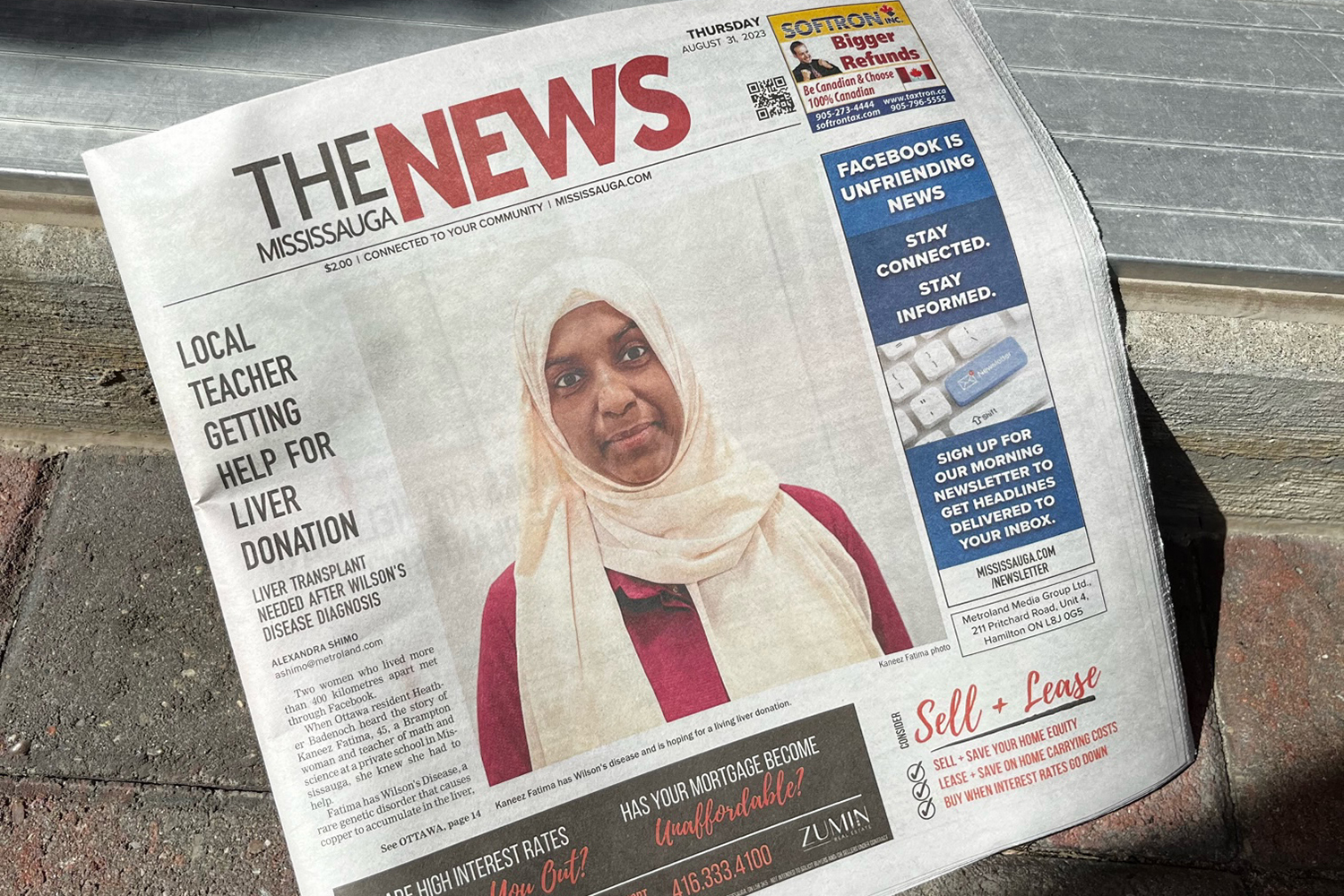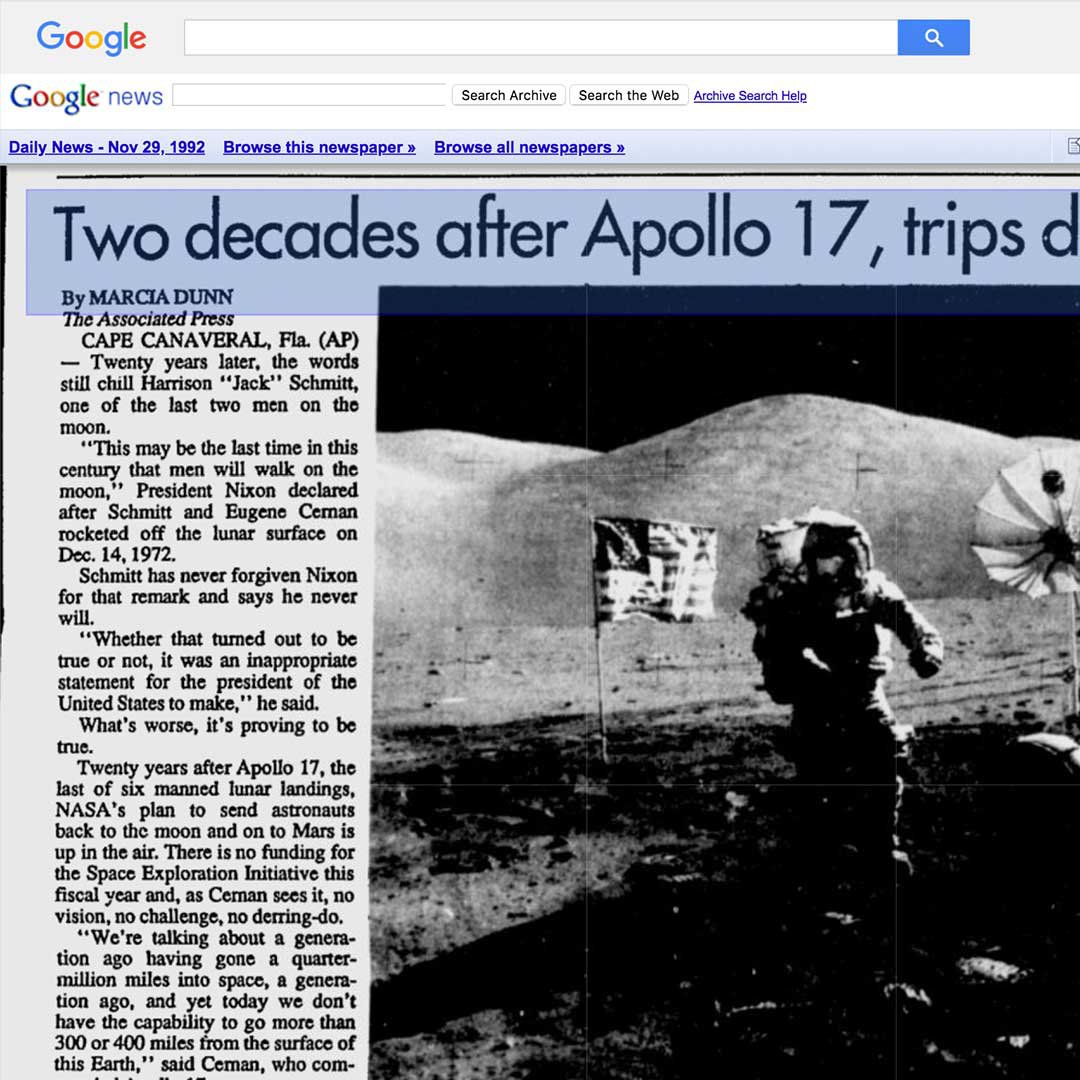Everything about News Articles
Everything about News Articles
Blog Article
More About News Articles
Table of ContentsWhat Does News Articles Mean?Some Known Details About News Articles The 5-Second Trick For News ArticlesNews Articles for DummiesThe 2-Minute Rule for News Articles
Excellent expertise of different subjects gives pupils an affordable edge over their peers. Although digital and social networks are easily easily accessible, we must not neglect how vital it is to check out the newspapers. Parents should try and instill the routine of reviewing a newspaper as a day-to-day regimen to continue the legacy of the revered print tool.Newspaper article additionally have at the very least among the adhering to vital features loved one to the desired target market: proximity, prestige, timeliness, human rate of interest, strangeness, or repercussion. The related term journalese is sometimes used, normally pejoratively, to refer to news-style writing. One more is headlinese. Newspapers generally stick to an expository writing design.
Within these limitations, news stories likewise intend to be extensive. Among the larger and much more highly regarded papers, fairness and equilibrium is a significant aspect in presenting details.
Newspapers with an international audience, for instance, have a tendency to make use of a more formal style of composing. News Articles.; usual style overviews consist of the and the US News Design Book.
The Definitive Guide for News Articles
As a rule, journalists will certainly not use a long word when a short one will certainly do. Information authors attempt to prevent using the exact same word extra than when in a paragraph (in some cases called an "echo" or "word mirror").
However, headlines occasionally leave out the topic (e.g., "Leaps From Watercraft, Catches in Wheel") or verb (e.g., "Pet cat lady lucky"). A subhead (additionally subhed, sub-headline, subheading, caption, deck or dek) can be either a subordinate title under the main headline, or the heading of a subsection of the short article. It is a heading that precedes the primary text, or a team of paragraphs of the primary message.

Added billboards of any of these kinds might appear later in the short article (particularly on subsequent web pages) to entice more reading. Such billboards are additionally used as guidelines to the article in various other sections of the magazine or website, or as ads for the item in other magazine or sites. Regular structure with title, lead paragraph (recap in bold), other paragraphs (details) and call details.

Example of a hard-lead paragraph NASA is proposing an additional area project. The company's budget plan request, introduced today, included a strategy to send another objective to the Moon. This time around the firm wishes to establish a long-lasting facility as a jumping-off place for various other space experiences. The budget plan requests around $10 billion for the task.
An "off-lead" is the 2nd most essential front web page news of the day. To "hide the lead" is to start the post with history information or information of second significance to the viewers, compeling them to check out more deeply into a write-up than they ought to have to in order to find the crucial points.
News Articles Fundamentals Explained
Usual use is that one or more sentences each form their own paragraph. Reporters typically define the company or structure of an information tale as an upside down pyramid. The necessary and most fascinating aspects of a story are put at the start, with supporting information adhering to in order of diminishing relevance.
It enables people to explore a topic to just the depth that their curiosity takes them, and without the imposition of details or nuances that they can take into consideration unnecessary, yet still making that details offered to a lot more interested readers. The upside down pyramid structure also makes it possible for articles to be cut to any arbitrary size during design, to fit in the space available.
Some writers begin their tales with the "1-2-3 lead", yet there are lots of kinds of lead offered. A kicker can refer to numerous things: The last story in the information broadcast; a "delighted" tale to finish the program.
Longer posts, such as magazine cover short articles and the pieces that lead the inside sections of a paper, are understood as. Function tales differ from straight information in a number of methods.
The 10-Minute Rule for News Articles
A function's very first paragraphs usually relate an appealing minute or event, as in an "anecdotal lead". From the details of an individual or episode, its view quickly broadens to abstract principles about the story's subject.

The Editor's Tool kit: A Referral Guide for Beginners and Professionals (2001) Allan M. Siegal and William G. Connolly. The New York Times Handbook of Style and Use: The Authorities Design Overview Made Use Of by the Writers and Editors of the World's A lot of Reliable Paper (2002) M. L. Stein, Susan Paterno, and R.
Report this page